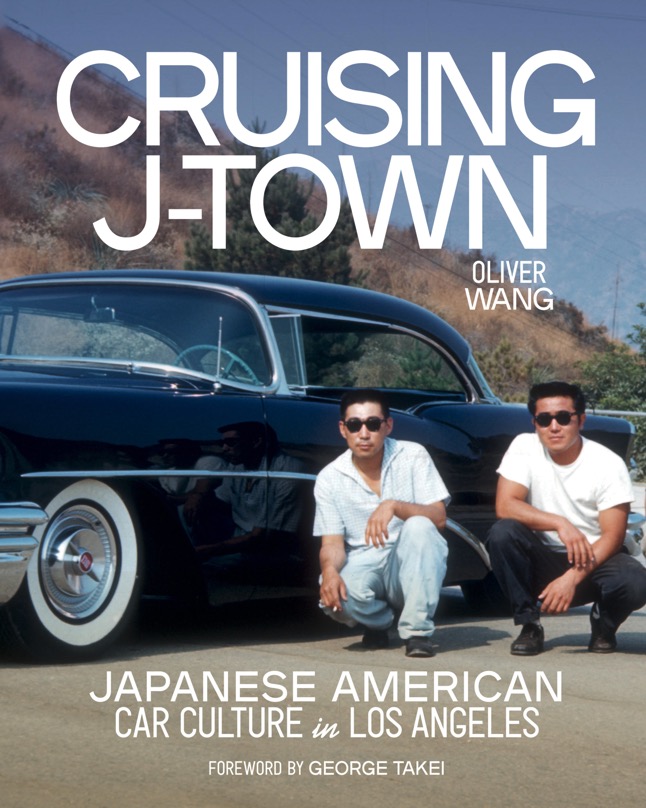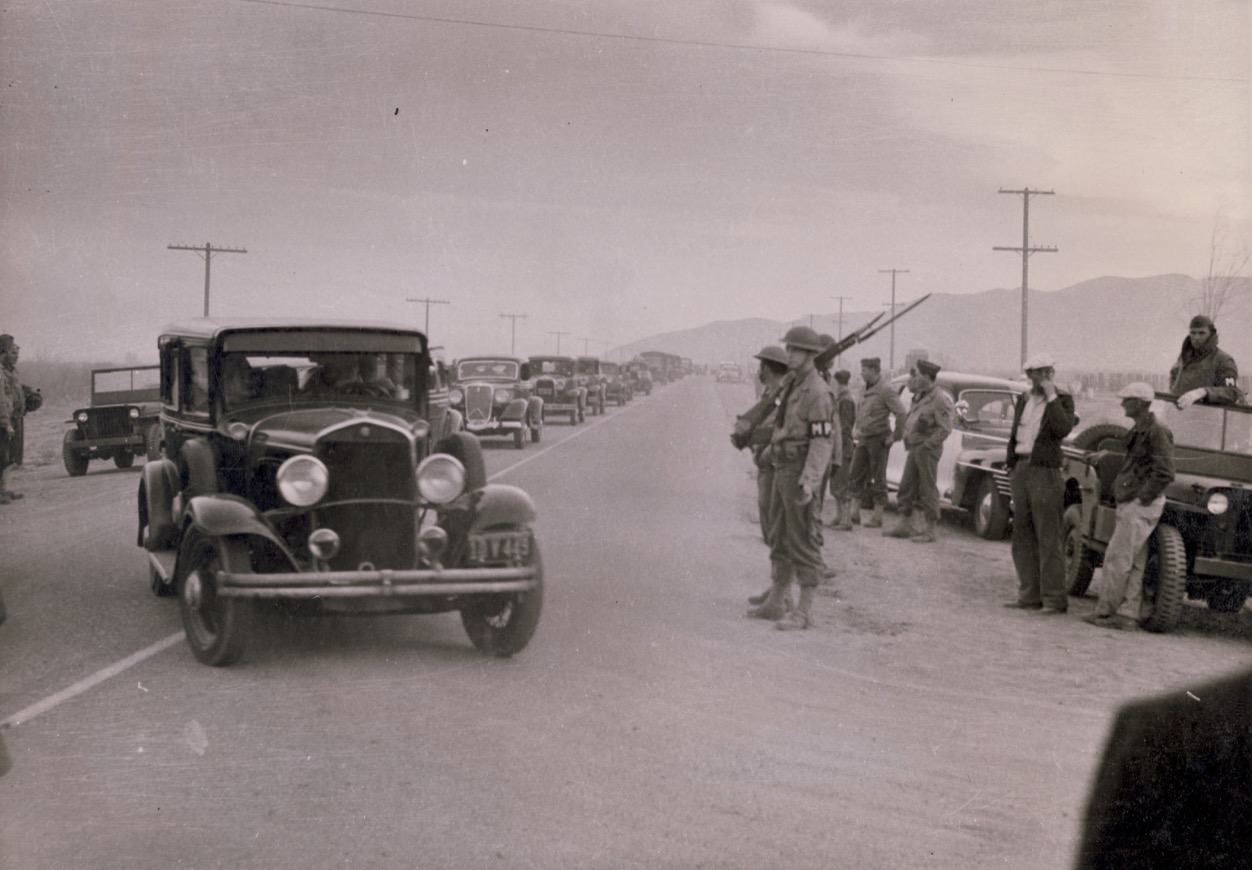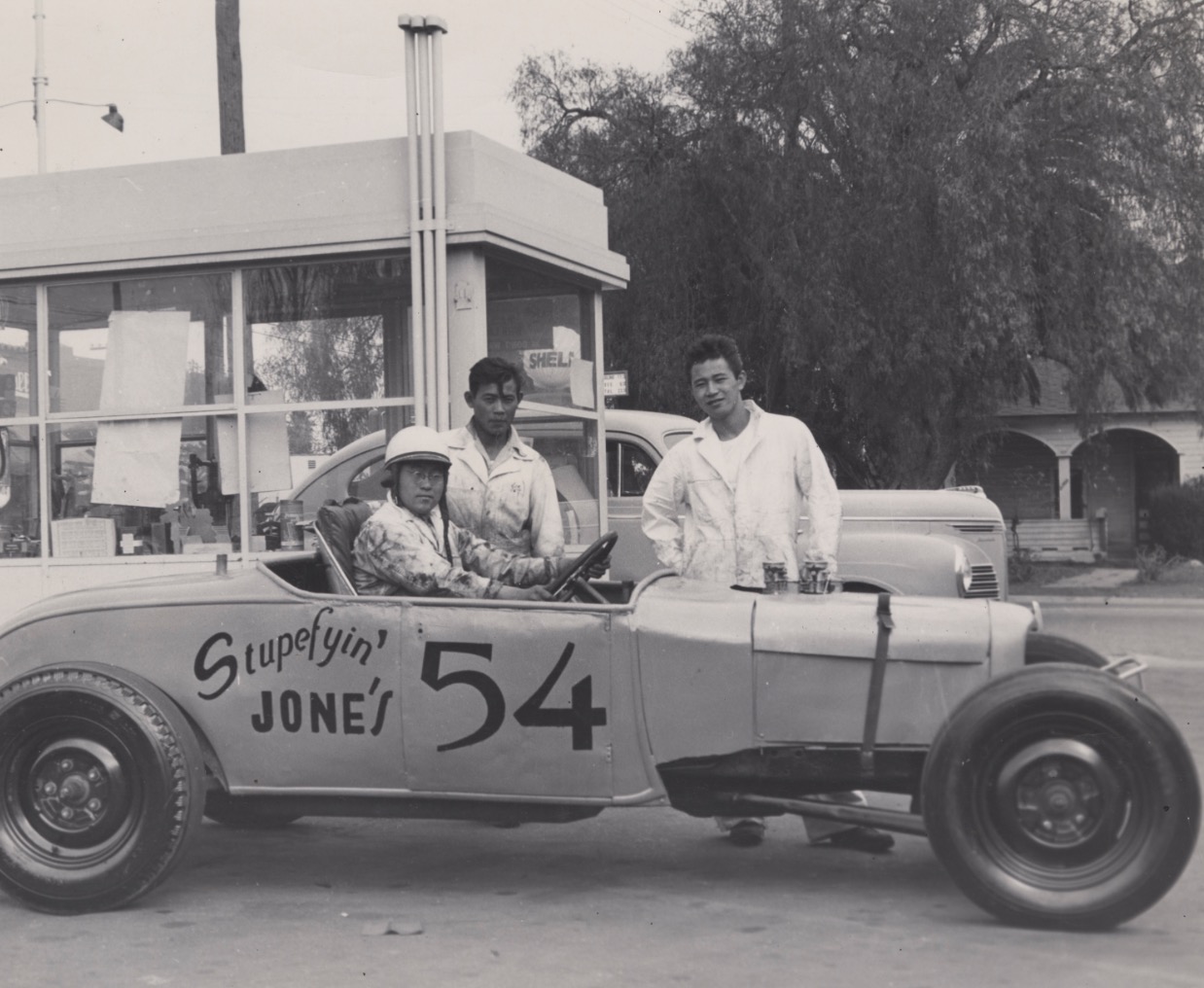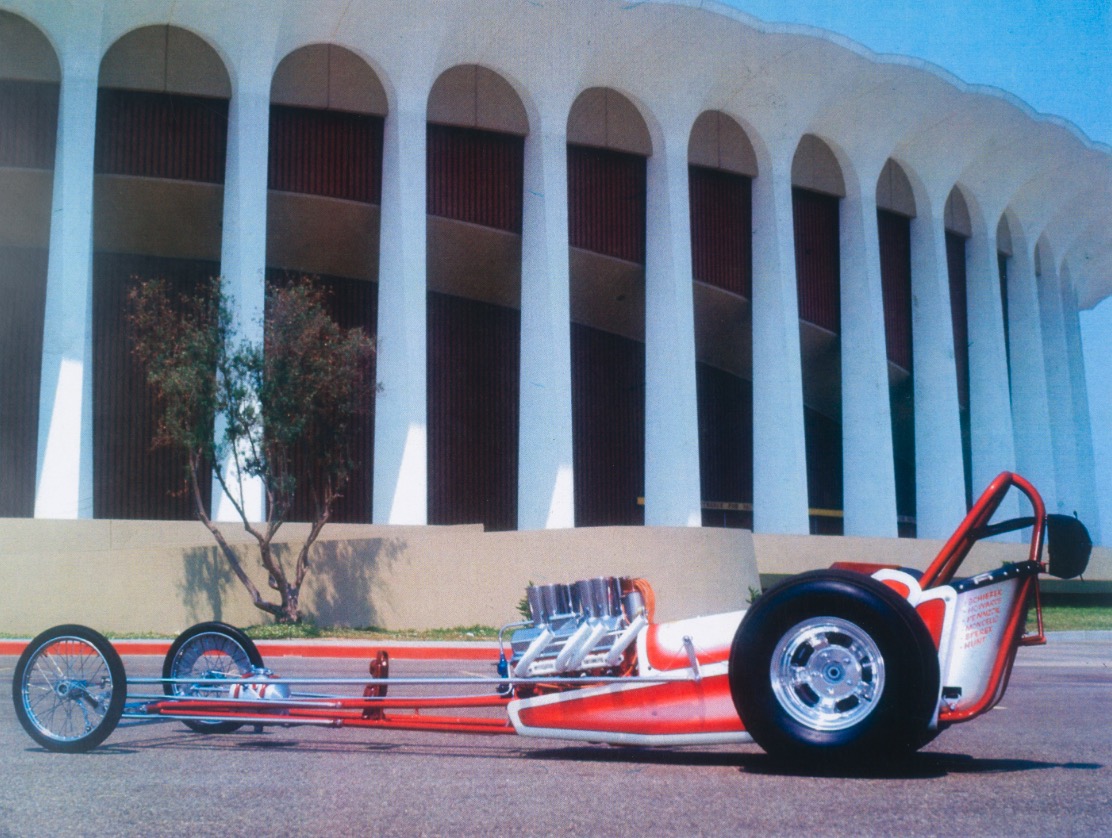Comments
CW FEATURE - Los Angeles is a city defined by its freeways, drive-ins, and car culture. But one of the most compelling—and overlooked—chapters in that story comes from the Japanese American community. Now, a powerful new book and companion exhibition are putting that legacy in the spotlight.
Cruising J-Town: Japanese American Car Culture in Los Angeles, written by Oliver Wang with a foreword by George Takei, explores how generations of Japanese Americans helped shape—and were shaped by—the automobile. Published by Angel City Press, the book is as much a social history as it is a celebration of custom cars, cruising routes, and community resilience.

From the earliest days of L.A.’s farming economy to the golden era of hot rods and into the tuner scenes of the 1980s and 90s, Japanese Americans embraced the automobile as a powerful symbol of freedom, identity, and creativity. Whether behind the wheel of a chopped Mercury, a Toyota Supra, or a gardening truck loaded with tools, these stories show how the car became both a literal and metaphorical vehicle for personal and collective expression.
More Than Just Machines
The book and exhibit trace a narrative that intertwines with some of the most painful chapters in American history. During World War II, when Japanese Americans were forcibly removed from their homes and incarcerated in camps, many families drove themselves to the desolate facilities. Their impounded cars, left behind, became ghostly reminders of a freedom stolen.

Incarcerees belonging to the March 23, 1942 caravan from Pasadena, arriving to Manzanar. Credit: Photo by Jack Iwata. Gift of Jack and Peggy Iwata, Japanese American National Museum.
After the war, Japanese Americans returned to Los Angeles and threw themselves into the region’s exploding car culture—contributing as mechanics, racers, designers, and entrepreneurs. In West LA’s Sawtelle neighborhood and across Little Tokyo, gas stations and auto shops became community spaces. Events like the Nisei Week Cruise turned car ownership into a cultural statement.
“Cars weren’t just transportation,” Wang writes. “They were a way to move forward—socially, economically, creatively.”

Tom Ikkanda (seated), Fred Ige, and Frank Ige, Sawtelle, mid-to-late 1940s. The hot rod belonged to Frank. Both Ige brothers worked for Ikkanda at his West LA service station on Sawtelle Boulevard. Credit: Courtesy of Richard Ikkanda.
Legacy of Innovation and Resistance
Japanese Americans weren’t just passive participants in SoCal’s car craze. They were innovators. As early adopters of imported cars like Hondas, Toyotas, and Datsuns, they helped pioneer the tuner scene that would explode in the 1990s and 2000s, long before Fast & Furious made it mainstream.
They also introduced elements of traditional Japanese car culture—like drifting—to American roads. In doing so, they fused heritage with modernity and brought new flavors to L.A.’s already diverse car scene.

The first-generation Rising Sun dragster in front of Fabulous Forum, Inglewood, 1970. Credit: Photo by Steve Reyes. Courtesy of Steve Reyes.
The Exhibition: A Must-See for L.A. History Lovers
To bring these stories to life, the Japanese American National Museum (JANM) has partnered with the ArtCenter College of Design to launch an exhibition titled Cruising J-Town: Behind the Wheel of the Nikkei Community.
The exhibit is housed at the Peter and Merle Mullin Gallery in Pasadena and runs from July 31 through November 12. It features stunning archival photographs, vintage ephemera, original drawings, and first-person accounts that document the Japanese American relationship with the car across decades.
This exhibition is about more than chrome and horsepower—it’s about perseverance, place, and pride. It’s a timely reminder that Los Angeles’ identity has always been shaped from the ground up by immigrant and minority communities, even when those stories are left out of the mainstream narrative.
About the Author
Oliver Wang is a sociology professor at CSU Long Beach, a respected cultural critic, and the author of Legions of Boom, a groundbreaking history of Filipino American DJ crews in the Bay Area. His work has appeared in the Los Angeles Times, NPR, KCET, and the Los Angeles Review of Books. He also co-hosted the acclaimed music podcast Heat Rocks and is currently developing a new series focused on the songs of Asian America.
Visit the Exhibit
Cruising J-Town: Behind the Wheel of the Nikkei Community
July 31 – November 12
Peter and Merle Mullin Gallery
ArtCenter College of Design
1111 South Arroyo Parkway
Pasadena, CA 91105
Learn more: janm.org/exhibits/cruising-j-town
At a time when Los Angeles is reckoning with who gets remembered and why, Cruising J-Town is a joyful, sobering, and essential ride through the Japanese American story—one that’s been hiding in plain sight, just down the boulevard.
(CityWatch Staff with content support by the Angel City Press.)






